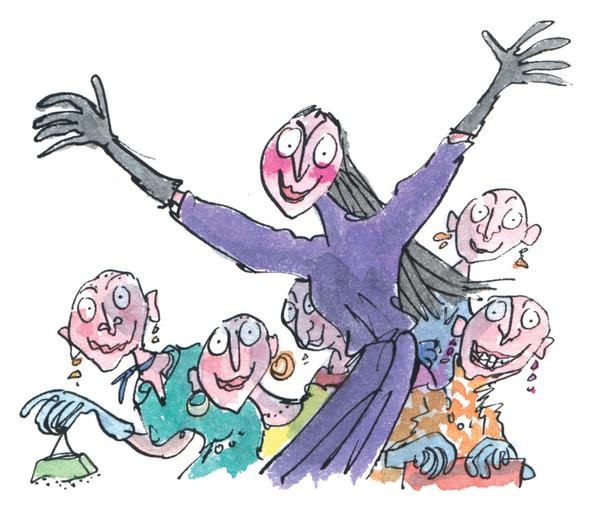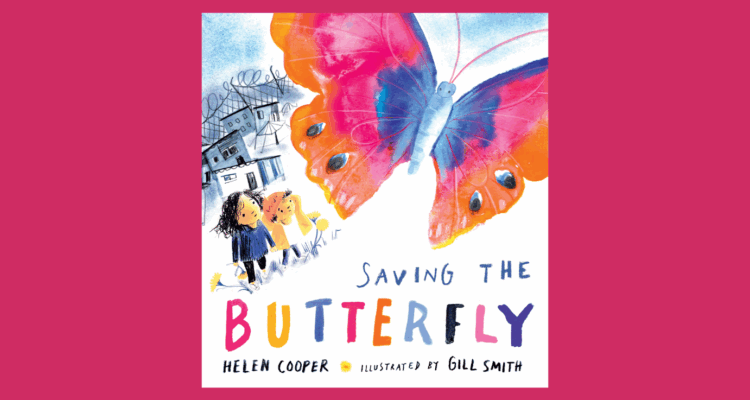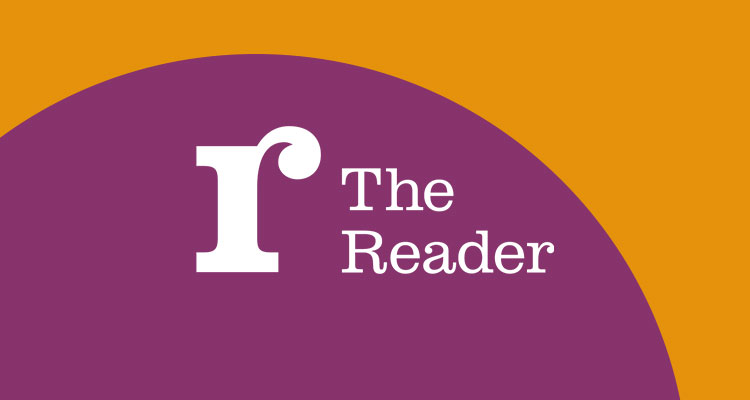The Scariest Character in Literature?
Halloween is upon us and we're indulging in some frightful reads with a look back at some of literature's scariest characters. Reader Volunteer David has been finding out which characters still gives Reader staff the shivers.
Can you remember a story that gave you nightmares as a child? Is there a figure in literature that still sends shivers down your spine? We've been thinking about those characters who left us cold, made us shudder or sleep with the lights on at night.
Some characters from our childhood reading will always have the power to make us cower in fear, but others might look a little different in the light of adulthood. So many of literature's traditionally scary characters could simply be considered misunderstood today - with the breaking down of stigmas around mental health, for example, might we look back at some of literature's most-feared figures with a little more compassion?
Rumplestiltskin
Tina, a Story Hunter who has since moved to pastures new, choose Rumplestiltskin - an impish creature made famous by the Brothers Grimm, though the fable is thought to be over 4,000 years old.
In a modern retelling, Rumplestiltskin might be framed as a loan-shark or debt-collector, providing help to desperate folks at a grave cost. In the traditional tale, he helps a miller's daughter avoid beheading by transforming straw into gold, in return for jewellery. When the jewellery runs out, he extracts from her the promise of her first-born child.
The folk ballads of child-catchers may never lose their fear-factor, in fact, adulthood and the modern world has only heightened our dread of such realities. It speaks to the sheer brilliance of the Brothers Grimm, that the fables they immortalised continue to strike fear into our modern hearts, appealing as they do, to our most primal impulses.
The Grand High Witch

Roald Dahl is perhaps the only writer to truly rival the Brothers Grimm in the writing of characters which can scare young and old. Annie, Storybarn Manager, plumped for Dahl's Grand High Witch as the scariest character of all time.
While her intentions are bad enough - to rid the world of children by turning them into mice or trapping them in paintings - Dahl amps up the disgust with physical revulsion. Like all witches, The Grand High Witch is bald and taloned with square feet which she squeezes into pointy shoes. The scariest thing about Dahl's witches, of course, is that they can hide in plain sight with the help of a wig and gloves.
 The Woman in Black
The Woman in Black
Kate, from the People team, still fears Susan Hill's terrifying Jennet Humfrye, The Woman in Black.
Now the star of screen and stage, Jennet Humfrye might be considered a misunderstood character, driven mad by grief. After losing her son in a tragic accident, Humfrye blames her sister, the boy's guardian. She dies of a wasting disease and returns as a ghost, the woman in black, to torment the local village.
Humfrye is out for vengeance. Her ghostly appearances are followed by death, causing children to take their own lives, or adults to lose their first born.
“Now, I realized, there were forces for good and those for evil doing battle together and that a man might range himself on one side or the other”.
Hannibal Lecter

While literature has, for the most part, taught us that scary characters can be outwitted, our Facilities Coordinator Cheryl has found the exception to that rule.
Hannibal Lecter, the monstrous cannibal at the centre of Thomas Harris' trilogy, has a wit and intelligence which sharpens the sense of threat. Educated in Anatomy, Chemistry and Physics, well-versed in several languages, cultured and sophisticated, Dr Hannibal Lecter's taste in fine art, music and gourmet cuisine certainly make him an intimidating figure. But it is the underlying risk which is so frightening. We learn that his cannibalistic urges stem from childhood trauma but in Red Dragon, a psychological report iterates that Dr Lecter does not fit into any accepted psychological profile - he cannot be pigeonholed or predicted, we know no ways to prevent his violence.
Big Brother

The mysterious, tyrannical villan of George Orwell's 1984, Big Brother is the monster under Emma from the Communication team's bed. As an entity, we never really meet Big Brother, though his presence is everywhere. The symbol of a totalitarian state, Big Brother is bigger than one person, representing an all-seeing, all-knowing personification of power, infiltrating the lives and minds of people everywhere.
Orwell may not have imagined how real his dystopian fantasy might become. Since the book's publication in 1949, Big Brother has become a symbol of mass government surveillance, corporate abuse of personal data, censorship, the exploitation of civil liberties, and worse yet, the founding stone of reality TV.
If you enjoy a good story, scary or not, why not try Shared Reading? We run over 500 groups across the UK, find one near you.
Share
Related Articles

Storybarn Book of the Month: Saving the Butterfly
This month, as part of Refugee Week (16-22 June), we've been taking a look back at one of our favourites…

June’s Stories and Poems
This month we are celebrating the natural world, and especially the many wonderful creatures that live within it, with June’s…

April’s Monthly Stories and Poems
Our year of Wonder with The Reader Bookshelf 2024-25 is coming to a close – though we won’t be putting…


